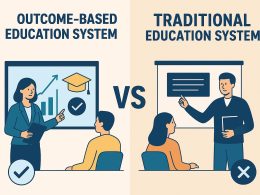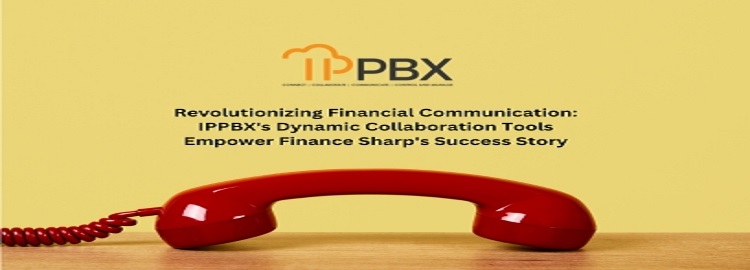The Rise of Subscription-Based Products: Trends in 2024
Subscription products have become an integral part of the modern consumer experience. From streaming services to meal kits, the subscription-based model has revolutionized how we access and enjoy various goods and services. As we move into 2024, several key trends are shaping the landscape of subscription products, influencing both consumer behavior and business strategies.

The Evolution of Subscription Products
Historical Context
The concept of subscription products is not new. Historically, magazine and newspaper subscriptions were among the first to introduce consumers to the idea of paying a recurring fee for continuous access to content. However, the digital revolution of the 21st century gave rise to a new era of subscription-based services, starting with software and media streaming platforms.
The Digital Transformation
The digital transformation has been a significant driver in the proliferation of subscription products. The advent of high-speed internet and the widespread use of smartphones have made it easier for consumers to access digital content anytime, anywhere. This convenience has fueled the popularity of subscription services like Netflix, Spotify, and Amazon Prime.
Trends Shaping Subscription Products in 2024
1. Personalization and Customization
In 2024, one of the most prominent trends in subscription products is the emphasis on personalization and customization. Consumers are no longer content with one-size-fits-all solutions. They expect subscription services to cater to their individual preferences and needs. Companies are leveraging advanced algorithms and artificial intelligence to analyze user behavior and deliver personalized experiences.
For instance, streaming services are using machine learning to recommend content based on viewing history, while meal kit services offer customized menu options based on dietary preferences and restrictions. This level of personalization not only enhances customer satisfaction but also increases retention rates.
2. Sustainable and Ethical Practices
Sustainability and ethical considerations are becoming increasingly important to consumers. In response, subscription-based companies are adopting eco-friendly practices and promoting ethical sourcing. Subscription boxes, for example, are focusing on reducing packaging waste and using recyclable materials. Additionally, many companies are partnering with ethical suppliers to ensure that their products are sourced responsibly.
Consumers are more likely to support brands that align with their values, making sustainability a critical factor in the success of subscription products. As a result, businesses that prioritize environmental and social responsibility are likely to see increased customer loyalty and positive brand perception.
3. Expansion into New Markets
The subscription model is expanding into new and diverse markets. While digital content and meal kits have dominated the scene, other industries are now exploring subscription-based offerings. For example, the automotive industry is introducing car subscription services, allowing consumers to drive different vehicles without the long-term commitment of ownership.
Similarly, the fashion industry is embracing subscription models with services that offer rental and exchange options for clothing and accessories. This trend is particularly appealing to consumers who value variety and sustainability, as it reduces the need for fast fashion and promotes a circular economy.
4. Hybrid Subscription Models
Hybrid subscription models, which combine elements of traditional ownership with subscription benefits, are gaining traction. For instance, some companies offer a “subscribe-to-own” option, where consumers can eventually own the product after a certain period of subscription payments. This model provides flexibility and affordability, making it an attractive option for big-ticket items like electronics and furniture.
Additionally, hybrid models are being used in the software industry, where companies offer a combination of subscription-based cloud services and one-time purchase options. This approach caters to different customer preferences and maximizes market reach.
5. Enhanced Customer Experience
Customer experience is a critical differentiator in the competitive subscription market. Companies are investing in technologies and strategies to enhance the overall customer journey. This includes seamless onboarding processes, user-friendly interfaces, and responsive customer support.
Moreover, subscription services are incorporating gamification elements to engage users and encourage long-term commitment. For example, fitness subscription apps offer rewards and challenges to motivate users, while language learning platforms use interactive games to make learning more enjoyable.
6. Data Privacy and Security
As subscription services collect vast amounts of user data to deliver personalized experiences, data privacy and security have become paramount. Consumers are increasingly concerned about how their data is being used and protected. In response, companies are implementing robust data protection measures and transparent privacy policies.
Regulatory frameworks, such as the General Data Protection Regulation (GDPR) in Europe and the California Consumer Privacy Act (CCPA) in the United States, are also influencing how subscription-based businesses handle user data. Compliance with these regulations is essential to building trust and maintaining customer loyalty.
The Future of Subscription Products
The subscription-based model shows no signs of slowing down. As technology continues to evolve, we can expect even more innovative and diverse subscription offerings. Here are some potential developments on the horizon:
Integration of Augmented Reality (AR) and Virtual Reality (VR)
AR and VR technologies have the potential to transform subscription products by offering immersive and interactive experiences. For example, AR can enhance the unboxing experience of subscription boxes, while VR can provide virtual tours and previews of subscription-based travel services.
Blockchain for Transparency and Security
Blockchain technology can enhance transparency and security in subscription services. By creating immutable records of transactions, blockchain can help verify the authenticity of products and ensure secure payment processes. This technology can be particularly beneficial for high-value subscription products, such as luxury goods and collectibles.
AI-Driven Predictive Analytics
AI-driven predictive analytics can further refine personalization and customization in subscription services. By analyzing vast amounts of data, AI can anticipate customer needs and preferences, offering proactive recommendations and solutions. This level of foresight can enhance customer satisfaction and drive long-term loyalty.
Expansion of B2B Subscription Services
While the focus has largely been on consumer subscriptions, there is significant potential for growth in B2B subscription services. Businesses are increasingly adopting subscription models for software, tools, and professional services. This shift can streamline operations, reduce costs, and provide businesses with access to the latest technologies and expertise.
Conclusion
The rise of subscription products is a testament to the evolving needs and preferences of modern consumers. As we move into 2024, trends such as personalization, sustainability, and hybrid models are shaping the future of subscription services. By staying attuned to these trends and leveraging emerging technologies, businesses can create compelling subscription offerings that resonate with consumers and drive long-term success.
The subscription-based model is not just a fleeting trend; it is a fundamental shift in how we consume and interact with products and services. As industries continue to innovate and adapt, the possibilities for subscription products are limitless, promising an exciting and dynamic future for both businesses and consumers alike.










